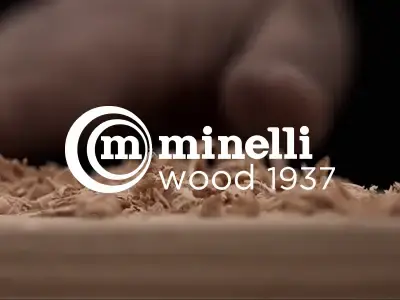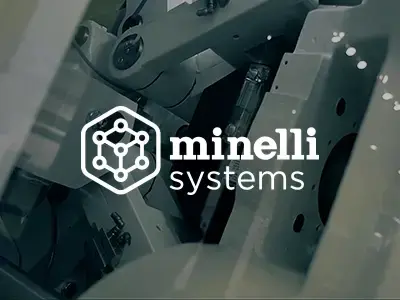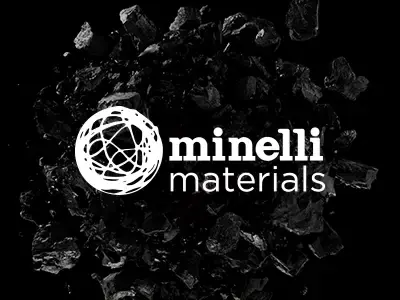
In a world increasingly aware of the environmental impact of everyday products, the manufacturing industry has a unique opportunity to lead the way for sustainability. Wooden components are particularly suitable for eco-friendly production.
This article explores how tradition and innovation can come together in the sustainable dish brush manufacturing process.
Traditional vs. wooden sustainable dish brushes: a comparison
Dish brushes have been essential in kitchens for centuries, with designs improving to meet the changing needs of users. Traditionally, these brushes were made from natural materials like wood and animal bristles, ensuring durability and functionality. The growing interest in wooden dish brushes now can be attributed to a growing preference for sustainable and biodegradable products over plastic alternatives.
Compared with traditional dish brushes, wooden ones offer many advantages. Let's discuss them.
Material and carbon footprint
Traditional dish brush
Traditional dish brushes are predominantly made from expanded polyurethanes, a type of plastic derived from fossil fuels. The production process of these sponges involves several stages of chemical processing and energy consumption, contributing to a high carbon footprint. The extraction and refining of petroleum, the base material for polyurethanes, release significant amounts of CO2 and other greenhouse gases into the atmosphere. Additionally, the manufacturing of polyurethane involves toxic chemicals like isocyanates and polyols, which further contribute to environmental pollution and potential health risks.
Wooden dish brushes
In contrast, wooden dish brushes are crafted from sustainably sourced wood, a renewable resource. When wood is harvested from forests managed under strict sustainability guidelines (such as FSC/PEFC certification), it ensures that the ecosystem remains balanced, and new trees are planted to replace those that are cut down. The processing of wood into dish brushes involves less energy and fewer harmful chemicals compared to the production of synthetic sponges. Additionally, at the end of their lifecycle, wooden brushes are biodegradable, returning to the earth without leaving persistent pollutants.
Microplastics
Traditional dish brushes
One of the most pressing environmental issues associated with traditional sponges is the release of microplastics. These tiny plastic particles are shed from the sponge material during regular use, such as scrubbing and squeezing. Microplastics are small enough to pass through water treatment systems and end up in natural water bodies. Once in the environment, they are ingested by marine life, leading to bioaccumulation of plastics in the food chain, which can ultimately affect human health. The persistence of microplastics in the environment also poses long-term ecological threats, as they can carry and release harmful pollutants absorbed from the surroundings.
Sustainable dish brushes
Wooden dish brushes, on the other hand, do not contribute to the microplastic problem. The bristles and wooden handle degrade naturally without breaking down into harmful microplastics. This makes wooden brushes a much safer and more sustainable option. By opting for wooden dish brushes, consumers can significantly reduce their environmental footprint and help protect marine life from the dangers of plastic pollution.
Dirt and bacteria retention
Traditional dish brushes
The design and material of traditional polyurethane sponges make them highly effective at trapping food particles and dirt within their porous structure. However, this very characteristic also makes them a breeding ground for bacteria. The countless tiny cavities in the sponge can harbor bacteria and other pathogens, especially when the sponge remains wet after use. Studies have shown that kitchen sponges can contain more bacteria than even toilet seats, including harmful strains like E. coli and Salmonella. The constant moisture and warmth in kitchens further exacerbate this issue, creating an ideal environment for bacterial growth and leading to potential health risks if not replaced frequently.
Wooden dish brushes
Wooden dish brushes do not have the same porous structure that traps food particles and bacteria. The bristles of the brush allow for effective cleaning while minimizing the retention of debris. Additionally, wood has natural antibacterial properties that inhibit the growth of bacteria on the surface of the brush. Wooden brushes also dry out more quickly than sponges, reducing the time bacteria have to multiply. This quick drying feature, combined with regular cleaning, ensures that wooden dish brushes remain sanitary and safe to use over a longer period. Therefore, wooden dish brushes not only offer superior cleanliness but also reduce the risk of cross-contamination in the kitchen.
The evolution of sustainable dish brush manufacturing
At the heart of sustainable dish brush manufacturing lies the tradition of craftsmanship. Quality begins with the selection of raw materials. If wood is sourced from sustainably managed forests, it ensures that production processes do not contribute to the depletion of natural resources. Each piece of wood is carefully examined for quality, meeting stringent standards.
Skilled wood manufacturers bring years of experience to the production process. They employ traditional woodworking techniques passed down through generations, ensuring each component is crafted to perfection. This dedication to craftsmanship not only guarantees the durability of products but also respects the rich heritage of woodworking.
Embracing innovation for a sustainable future
While tradition provides a solid foundation, innovation drives the commitment to sustainability. Continuous investment in research and development improves manufacturing processes and reduces the environmental footprint. This includes adopting advanced technologies and exploring new materials that align with sustainability goals.
One key innovation in the manufacturing process is the use of CNC (Computer Numerical Control) machinery. This technology allows for precise cutting and shaping of wooden components, minimizing waste and ensuring consistency in products. CNC machinery also enables experimentation with new designs and features, enhancing the functionality and appeal of dish brushes.

Eco-friendly treatments and finishes
To further enhance the sustainability of wooden components, eco-friendly treatments and finishes have been developed. Traditional varnishes and lacquers often contain harmful chemicals that can leach into the environment. In contrast, natural oils and waxes are used to protect the wood without compromising its biodegradability.
These eco-friendly treatments also ensure the longevity of products. By protecting the wood from moisture and wear, they ensure that dish brushes maintain their functionality and aesthetic appeal over time. This reduces the need for frequent replacements, contributing to a more sustainable consumption pattern.
The role of consumers in driving sustainability
The shift towards sustainable dish brush manufacturing is also driven by consumer demand. Today’s consumers are more informed and conscientious about their purchasing decisions. They seek products that align with their values and contribute to a healthier planet. This growing awareness has created a market for sustainable products, encouraging manufacturers to adopt eco-friendly practices.
Manufacturers have a responsibility to educate consumers about the benefits of sustainable products. By providing information about the materials and processes used, consumers are empowered to make informed choices. Transparency in operations builds trust and strengthens relationships with consumers, fostering a sense of shared responsibility for the environment.
By embracing sustainability, manufacturers differentiate themselves in a competitive market. Commitment to eco-friendly practices attracts environmentally conscious consumers and opens up new business opportunities. Additionally, sustainable manufacturing practices often lead to cost savings in the long run, as they reduce waste and improve efficiency.
The Minelli Group has specialized in wood manufacturing for more than 80 years and can create custom-made wooden components of the highest quality and durability.
We use only FSC/PEFC certified raw material, thus responding to all the standards dictated by the market in terms of sustainability and safety. We recently underwent an EcoVadis Audit and received a highly positive rating in terms of environmental, labor & human rights, ethics, and sustainable procurement impact.
Thanks to our sophisticated software and cutting-edge machines, we can satisfy even the most demanding requests, creating unique eco-friendly dish brushes!
If you need more information or have a project in mind, contact us right now!







